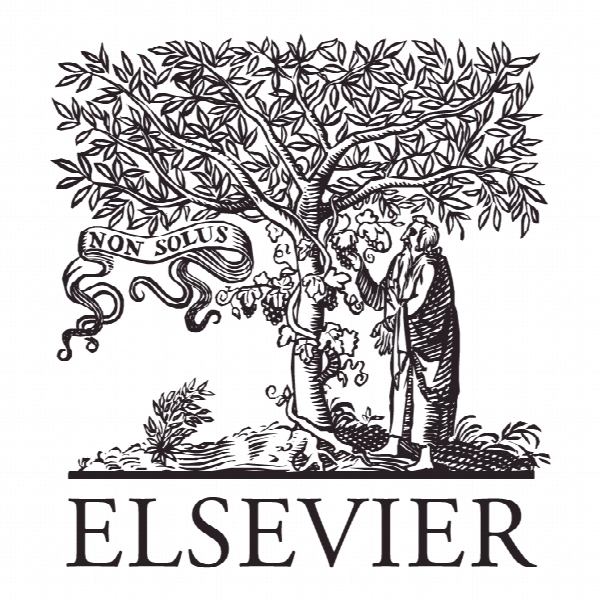چگوننه میتوانیم هویت فرهنگی متعدد اتخاذ کنیم؟ عملیات چند بعدی منابع فرهنگ How do we adopt multiple cultural identities? A multidimensional operationalization of the sources of culture
-
 5.0 (1 رای)
5.0 (1 رای)
- نوع فایل : کتاب
- زبان : انگلیسی
- ناشر : Elsevier
- چاپ و سال / کشور: 2017
توضیحات
رشته های مرتبط مدیریت
مجله مدیریت اروپایی – European Management Journal
دانشگاه دورهام دانشکده کسب و کار، دورهام، انگلستان
نشریه نشریه الزویر
مجله مدیریت اروپایی – European Management Journal
دانشگاه دورهام دانشکده کسب و کار، دورهام، انگلستان
نشریه نشریه الزویر
Description
1. Introduction The gap between how culture is conceptualized and how it is operationalized in cross-cultural studies is widening, mainly due to the difficulties associated with the definition and measurement of such a complex, highly abstracted and multidimensional construct (Kitayama, 2002; Schaffer & Riordan, 2003; Taras, Rowney, & Steel, 2009). While culture is predominantly conceptualized as a multifaceted system that influences individuals’ behaviour through espoused values derived from their interaction with their external environment (D’Andrade, 1981; Geertz, 1973; Hannerz, 1992; Schwartz, 1992), cultural distance/difference is still predominantly measured using ‘national’ variances (Earley, 2006; Shenkar, 2001), with associated prescriptive and predictive capabilities (Allik & Realo, 2009; Hofstede, 1991; House et al., 2004; OllierMalaterre, Valcour, Den Dulk, & Kossek, 2013). However, the reality of globalization has put this latter approach into question. As Tung (2008) notes, most developed and many developing countries are culturally heterogeneous and multi-ethnic in profile, with longestablished immigrant diasporas. Consequently, there is a signifi- cant discrepancy between what individuals articulate as their nation’s ‘cultural norms’ and what they have internalized as values and behaviour (Todeva, 1999). This discrepancy between an individual’s value orientation and the aggregated national-level value orientation indicates the need for a conceptualization that takes individual-level as well as national-level determinants of value orientations into account to ensure that national-level determinants of cultural behaviour are not overemphasized at the expense of other individual-level or group-level determinants (Birkinshaw, Brannen, & Tung, 2011; McSweeney, 2002; Seo & Gao, 2015; Taras, Steel, & Kirkman, 2012; Williamson, 2002). The growing recognition of the interaction between these different levels has resulted in an increasing call for a system-view rather than an entity-based operationalization of culture (Kitayama, 2002). A system approach takes multiple cultural dimensions and their socializing agents into account in order to develop the notion that individuals can not only occupy multiple cultural spaces, but also simultaneously draw from various sources of values depending on their situation (Chao & Moon, 2005; Earley, 2006; Roccas & Brewer, 2002; Swidler, 1986; Taras et al., 2009). Consider the following vignette (adapted from Dietz, Gillespie, & Chao, 2010: 3): Nadia, an Iranian businesswoman, is negotiating with a prospective alliance partner from Germany. When she enters the room her counterpart, Peter, extends his hand for her to shake as a first gesture of goodwill. Nadia hesitates but takes his hand briefly. While Peter is impressed by her apparent cultural openness, her Iranian colleagues are shocked, seeing as it is neither customary nor appropriate for Iranian women to touch unfamiliar men. But Nadia has studied in the United States, and worked with European firms throughout her career. She has learned to switch among styles of working when necessary. Individuals in such encounters reveal how a dichotomy between, for example, ‘German culture’ and ‘Iranian culture’ can be oversimplified, inaccurate and even potentially discordant, given that it becomes difficult to determine which cultural values are being used in this context: national, educational, professional or organizational? Building on these arguments, the paper’s contribution to the cross-cultural management literature is twofold. First, in contrast to the prevailing studies in this area, it adopts a multidimensional conceptualization and operationalization of culture by taking individual, group and national-level determinants of cultural values into account. Second, in doing so, it provides the first empirical illustration of how multiple cultural dimensions result in situation-induced behaviour, and how interactions between multiple sources of values can enable individuals to adopt and manage ‘flexible’ identities. We mobilize the ‘Mosaic’ framework proposed by Chao and Moon (2005), as a dynamic, comprehensive and methodologically flexible framework to reveal how individuals perceive their own cultural identity and how they draw from multiple cultural facets in a given social setting. The findings advance theoretical debates regarding the manifestation of a multifaceted operationalization of culture by empirically demonstrating how individuals draw on different, simultaneous cultural facets (tiles) in order to behave in accordance with their social setting. In addition, we show that the tiles within the ‘Mosaic’ framework that are activated vary according to the context in which individuals function. Finally, our study suggests that organizations could better manage cultural diversity within a workforce by seeking to activate those tiles that cohere closely with key organizational values.


